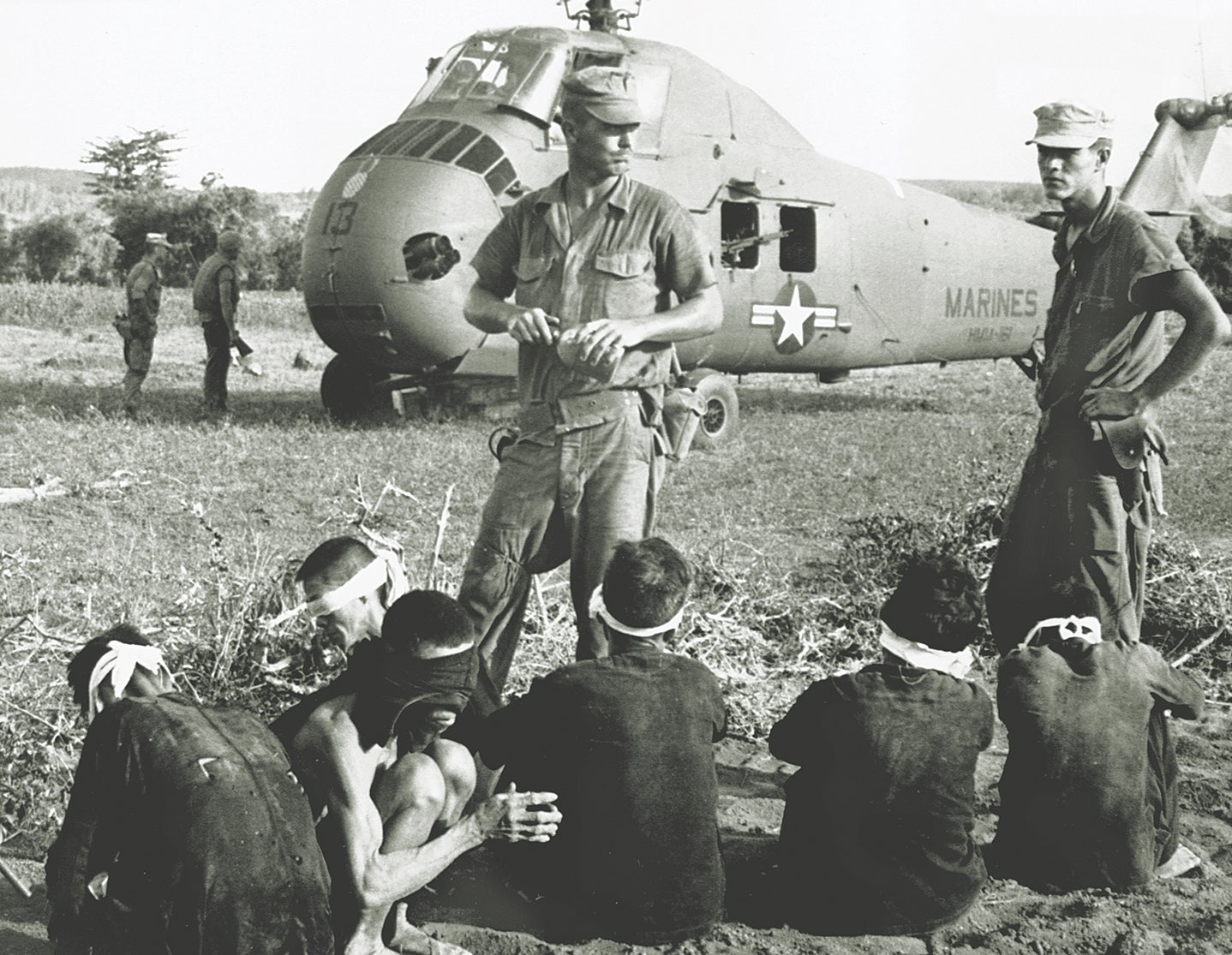One of the most enduring yet baseless myths of the Vietnam War alleges that communist prisoners were thrown out of high-flying helicopters to induce others to talk. In my 21 years as a U.S. Army historian, I have never seen credible evidence that such an event occurred or that American military or civilian personnel participated in such practices.
I have examined all relevant material at the National Archives, including the files of the War Crimes Working Group, a Pentagon task force established after the 1968 My Lai massacre of innocent civilians to investigate potential war crimes committed by American personnel. I have also consulted CIA intelligence analysts who served in Southeast Asia and military personnel who conducted top-secret operations in Laos and Cambodia as members of Military Assistance Command, Vietnam’s Studies and Observations Group.
Stories about prisoners being dropped from helicopters have long circulated in the Vietnam veterans community, yet almost without exception the storyteller says, “I heard that it happened,” rather than, “I witnessed it happen.” There is little reason to believe the handful of people who claim to have seen it happen.
Killing a prisoner of war in any way is a war crime punishable under the rules of the Uniform Code of Military Justice that applies to all U.S. military personnel. Anyone onboard a helicopter who participated in the act or failed to report it would be complicit in the crime. That liability extends to the ground crew, the air traffic controller and members of the intelligence team who interrogated those prisoners of war.
Trained intelligence agents in Vietnam would not resort to such crude interrogation methods. They relied on extended debriefing sessions in controlled environments where information could be cross-checked. No intelligence analyst I know would have supported the “helicopter” technique described in this myth. No member of the MACV intelligence teams that conducted interrogations has ever presented evidence that such a practice occurred.
Even so, it is impossible to prove that no communist prisoner died after an involuntary exit from a helicopter. In a fit of rage, American military personnel may have pushed one or more enemy soldiers to their deaths on helicopter flights back to base, though I have never seen evidence of that.
There is more uncertainty concerning the possible actions of South Vietnamese personnel, who sometimes used interrogation methods that were more extreme and whose military records still reside in locked archives in Vietnam. In one credible story, a Viet Cong female fighter, the daughter of a high-ranking VC official, jumped from a flying helicopter to commit suicide and thus escape the torture she imagined was waiting for her.
In short, the myth of the “helicopter interrogation” technique simply has no basis in fact.
Dr. Erik Villard is a Vietnam War specialist at the U.S. Army Center of Military History at Fort McNair in Washington D.C.
This article appeared in the December 2021 issue of Vietnam magazine. For more stories from Vietnam magazine, subscribe and visit us on Facebook.





